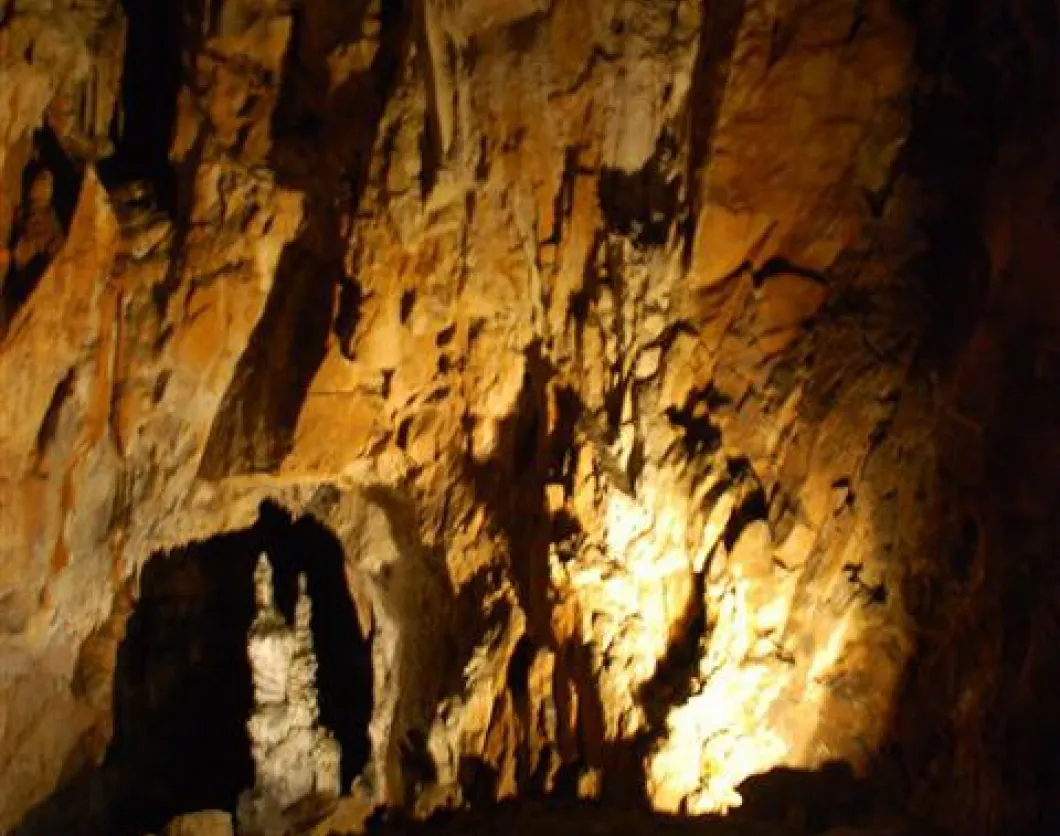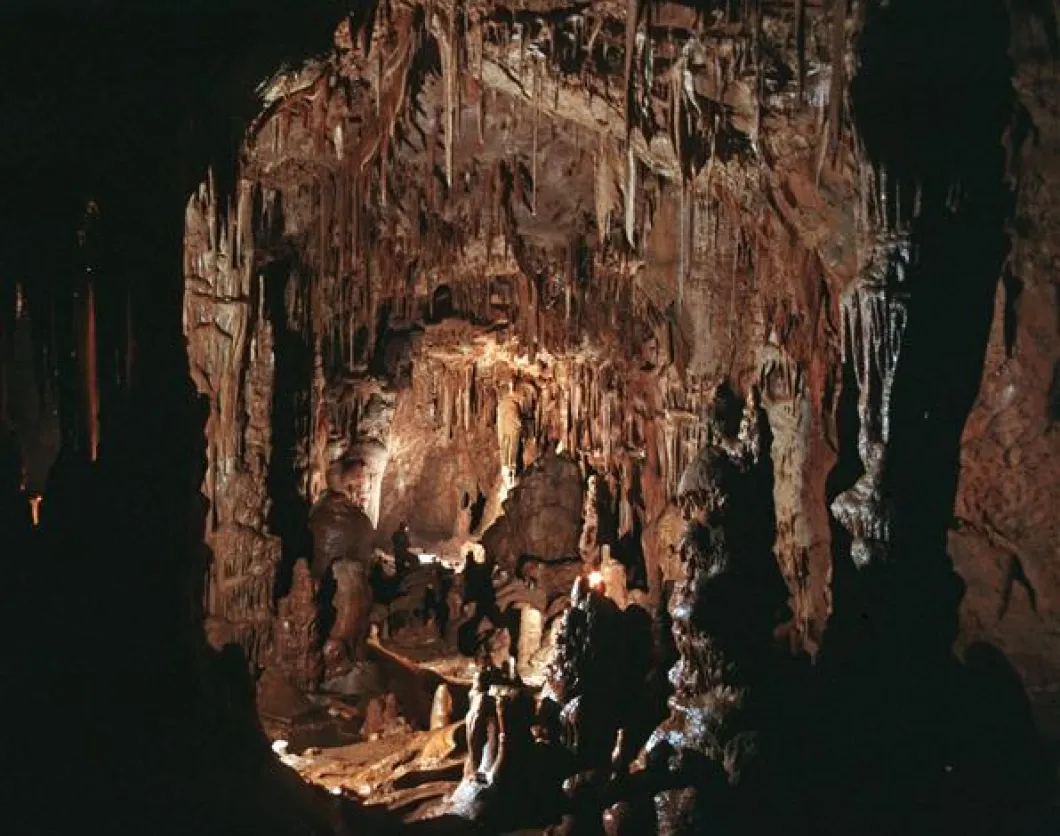It might seem as if no matter where you go in Italy, you’re likely to see something old. But to see some of the stuff that’s really been around awhile, you need to go underground. There it’s possible to see natural formations of rock that have been growing for several hundred thousand years or so.
One of the best places to do so is within an easy drive of Aviano Air Base or Vicenza. Grotta Gigante (“giant cave”) is just north of Trieste, near the Italian border with Slovenia. According to its publicity, it has been called the world’s largest tourist cave and is listed in the Guinness Book of Records.
Italians knew about the cave long before there was an Italy. But there wasn’t much written about it until a series of explorations conducted in the 1800s. That’s probably because the cave wasn’t easy to explore until modern spelunking techniques and equipment were introduced. Before that, it’s possible that some people got in but didn’t live to relate the tale. The original entrance had a steep drop: The first step, as they say, was a doozy.
It wasn’t until 1908 that the first groups of tourists had ready access at another entrance. Since then, it has become a popular tourist attraction of the Trieste area.
These days, it’s not necessary to take yo
ur own flashlight, ropes and climbing gear for a trip inside – in fact, that would be frowned upon. Just wear a good pair of shoes and maybe a jacket, as temperatures (around 11°C) below tend to be cooler than those above.
There’s a series of prohibited items, including cameras and cell phones. No smoking. No dogs – or other pets, presumably. It probably wouldn’t make sense to take small children who can’t walk a lot on their own, either. Strollers won’t work, and visitors have to navigate about 500 steps down and back up during the trip. Visitors follow a guide along a cement pathway lined with metal railings and featuring step after step after step (it might seem as if there are even more on the way back up).
The most impressive aspect of Grotta Gigante is the sheer size of the place. According to various web sites, it is about 925 feet long, 215 feet wide and 350 feet high. Pick just about any size building you know – St. Peter’s Basilica in Rome, for instance – and it would fit inside.
The cave is well lit in most places, allowing visitors to see the variations in colors that range from white to red, with a lot of general shades of “rock” thrown in. There are stalactites (formations going down) and stalagmites (formations going up) in abundance – some are 30 m long.
The most noted features are various named stalagmites. It takes years of dripping water to form oddly shaped creations. The largest, named Ruggero after an early explorer, is thought to be about 200,000 years in the making. So plan a second visit in a few decades. Maybe you’ll notice half an inch of new material.
By Kent Harris (Stars and Stripes)










